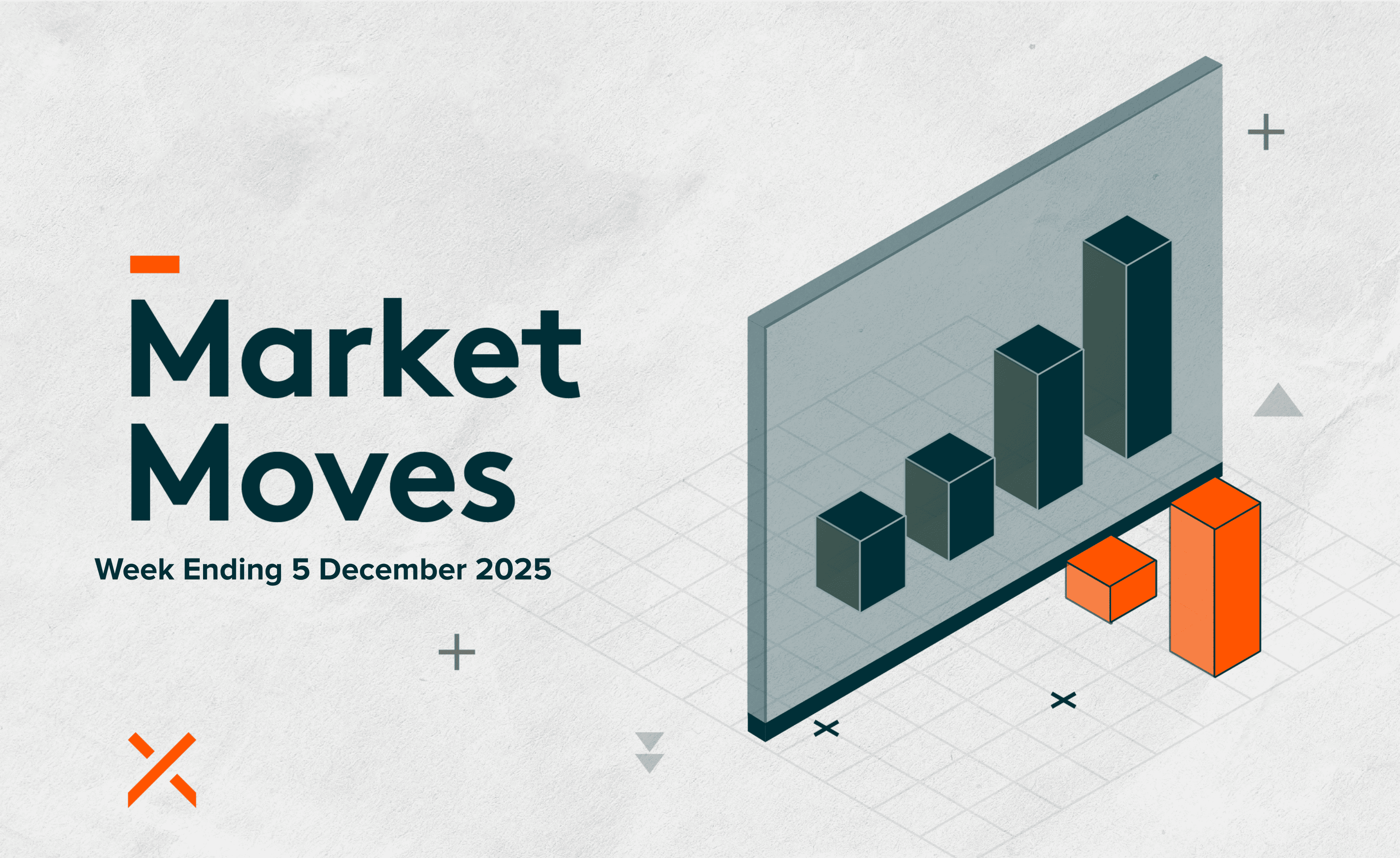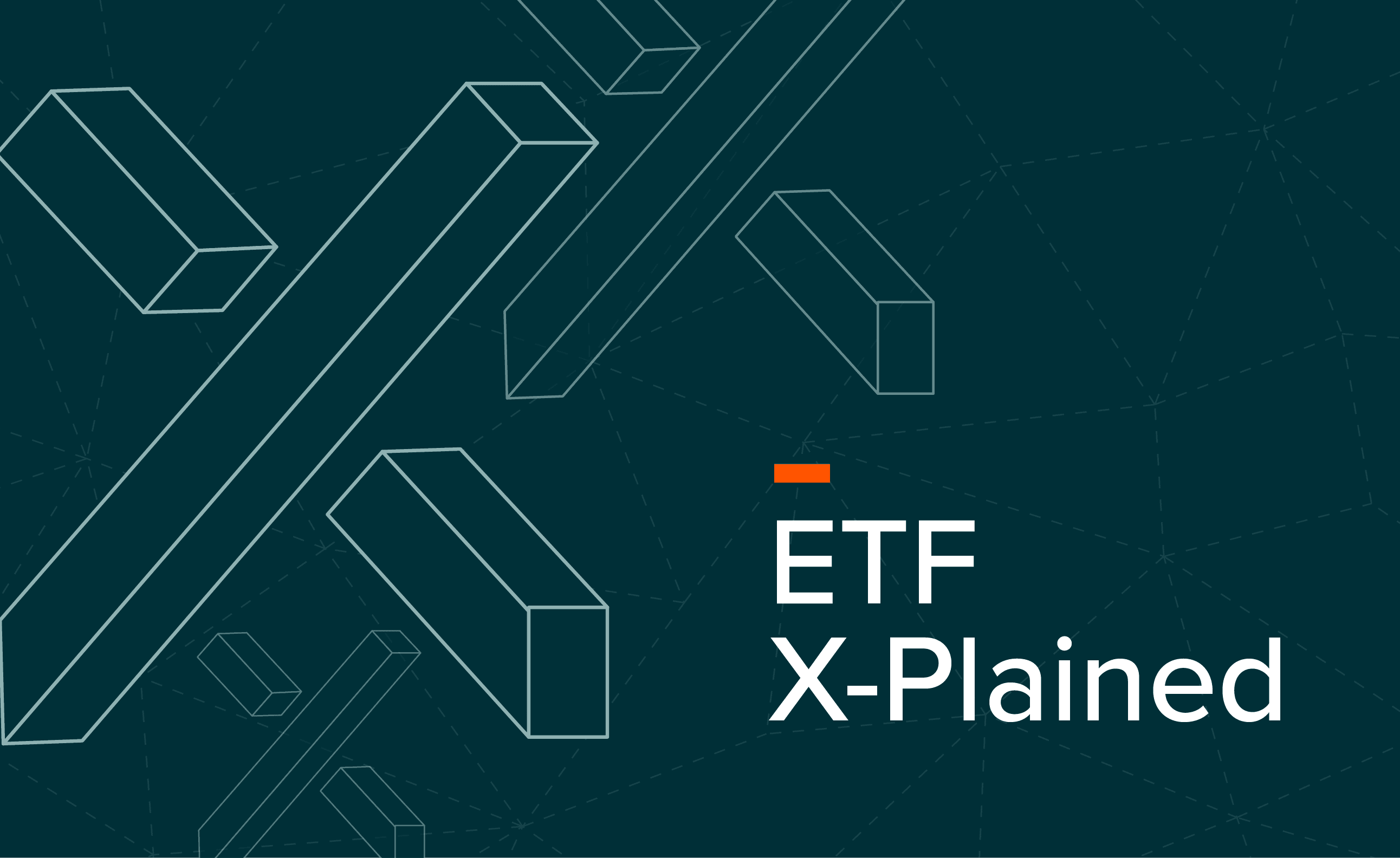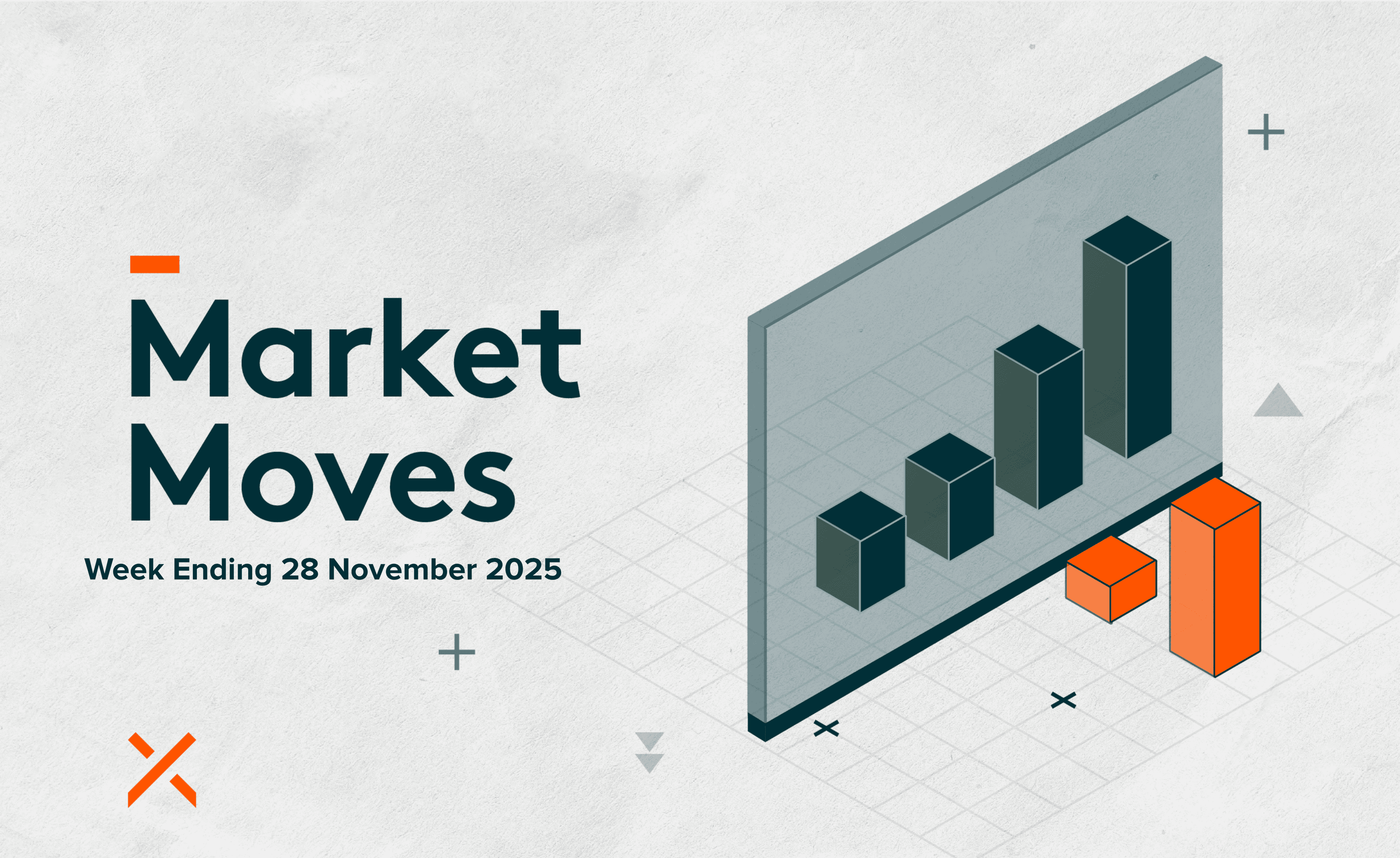Amid rising geopolitical tensions, Europe finds itself at a critical juncture in its security strategy. Long reliant on American military support, European Union (EU) nations now confront the urgent need to assume greater responsibility for their own defence as the new US administration signals a strategic shift in defence policy. This shift is compelling EU nations to significantly expand their military budgets.1
In the first few months of 2025, major European nations and the European Commission have announced substantial defence spending programs, totalling hundreds of billions of dollars, aimed at strengthening military capabilities through 2030. EU member states, which spent an estimated €326 billion on defence in 2024, are projected to increase expenditures by another €100 billion in inflation-adjusted terms by 2027.2
As Europe advances toward greater military self-sufficiency, we anticipate global defence expenditures to continue rising, with a particular focus on advanced defence technologies, over the next five years. As spending works its way through the value chain, international defence stocks, especially in Europe, are likely to benefit. In our view, the Global X Defence Tech ETF (ASX: DTEC) offers investors a well-rounded strategy to seek to capitalize on these strengthening trends.
Key Takeaways
- The new US administration signals a strategic shift in its defence policy, prioritizing efficiency and technology leadership.
- European nations are compelled to take greater responsibility for their own security. We believe Europe’s rearmament is not a short-term reaction but a structural shift in defence policy.3
- We believe the digital transformation of defence is still in its early innings, with enormous ground to cover, particularly in Europe. Warfare increasingly relies on AI, cybersecurity, and real-time data.
A Shifting Global Landscape
The global defence landscape remains highly volatile, with nearly 30 major conflicts ongoing worldwide, according to the Council on Foreign Relations. Against this backdrop, the new US administration’s ‘America-first’ stance, coupled with direct negotiations with Russia over the Ukraine war, is forcing Europe to reassess its defence strategy. Many European nations are now acknowledging decades of underinvestment in defence, with some already committing to increased spending.4
Meanwhile, the Trump administration is pursuing a bold defence strategy domestically, aiming to cut waste while modernizing its military capabilities with AI, autonomous weapons, drones, and robotics. Budget freed from legacy programs is expected to further accelerate defence modernization efforts, benefiting key defence technology providers.
These advancements are not occurring in isolation. As the US modernizes its military capabilities, other nations are likely to feel compelled to strengthen their own defence technology arsenals, reinforcing a global defence-tech procurement cycle. This momentum, compounded by Europe’s commitments, is set to drive total global defence spending higher through 2030.
Europe’s Defence Budgets Set for Secular Expansion
Prior to the new US administration’s defence messaging, Europe had already been undergoing a historic rearmament phase, with defence budgets expanding at a pace not seen since the Cold War.5 For example, European military budgets grew 10% in 2023 to €279 billion, marking the ninth consecutive year of growth.6
Additionally, European members of the North Atlantic Treaty Organization (NATO) added $100 billion in new defence spending between 2022 and 2024, with multiple nations committing to multi-year increases.7 By the end of 2025, at least 20 European NATO members are expected to meet or exceed the group’s defence spending target of 2% of gross domestic product (GDP), up from only 9 members in 2021.8 Germany, France, and Poland are leading the spending surge, with Germany’s military budget expanding by 25% to roughly €86 billion in 2024 alone, making it the world’s third-largest defence spender behind the US and China.9
Despite the urgency, European nations still lag other military powers in terms of defence expenditure as a percentage of GDP. The region’s defence spending commitments are growing, but they remain far below the newly discussed ambitions set by NATO’s leadership and key allies, meaning further spending growth could remain ahead. Recent spending initiatives signal momentum in this direction.









